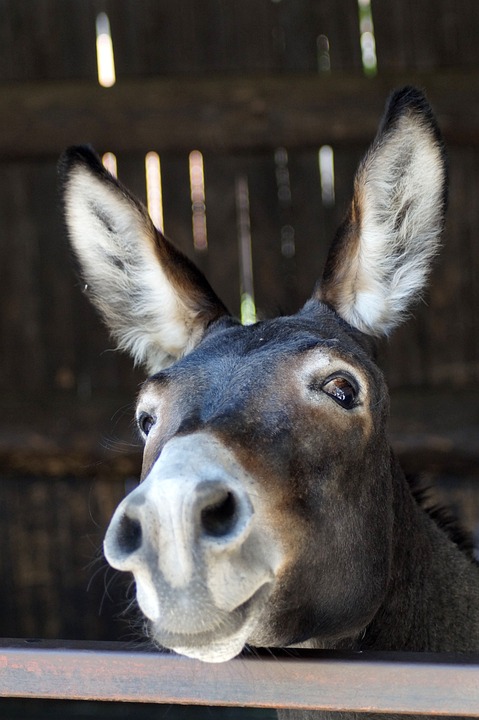Canine freestyle dancing, also known as dog dancing or musical canine freestyle, is a unique and captivating sport that combines music, choreography, and the inherent grace of dogs. This beautiful art form allows dogs and their human partners to showcase their creativity, teamwork, and bond. In this article, we will explore various training tips and techniques to help you and your furry friend master the art of canine freestyle dancing.
Understanding Canine Freestyle Dancing:
Canine freestyle dancing is a sport that involves choreographing routines to music, where the dog and handler perform synchronized movements and tricks. It originated in the 1980s and has since evolved into a popular dog sport worldwide. Different styles and categories of canine freestyle dancing exist, including heelwork to music, freestyle routines, and musical interpretation.
Training Tips for Canine Freestyle Dancing:
To excel in canine freestyle dancing, it is essential to build a strong foundation, choreograph your routine effectively, teach dance moves with positive reinforcement, and enhance performance and expression.
Building a strong foundation:
Before diving into complex routines, it is crucial to ensure that your dog has a solid foundation in basic obedience training. Commands such as sit, stay, heel, and recall are essential for creating a well-behaved dance partner. Additionally, focus and attention exercises will improve your dog’s ability to concentrate during performances. Conditioning and flexibility training will also help prevent injuries and improve your dog’s overall dancing ability.
Choreographing your routine:
Choosing the right music is crucial in setting the tone and mood for your routine. It should match your dog’s personality and showcase their strengths. Incorporating tricks, spins, and jumps into your routine will add excitement and flair. Smooth transitions and formations are also important to create a visually appealing performance.
Teaching dance moves:
Complex dance moves can be broken down into smaller parts to make them easier for your dog to understand and execute. Using positive reinforcement and clicker training to reward desired behaviors will encourage your dog to learn and perform the moves effectively. Patience and consistency are vital during the training process, as learning new moves may take time.
Enhancing performance and expression:
Developing a strong connection with your dog is crucial in canine freestyle dancing. This bond will allow you and your dog to move together seamlessly and create a captivating performance. Adding flair and style, such as expressive movements or unique gestures, will make your routine stand out. Utilizing props and costumes can also add an extra element of excitement and showmanship.
Common Challenges and Troubleshooting:
Like any sport, canine freestyle dancing comes with its own set of challenges. Stage fright and performance anxiety can affect both dogs and handlers, but with proper training and exposure, these issues can be overcome. Dealing with distractions during performances is another challenge that can be addressed through desensitization and focus exercises. Physical limitations or injuries can be worked around by modifying routines or seeking veterinary advice. To maintain motivation and enthusiasm, it is important to keep training sessions fun and engaging for both you and your dog.
FAQs:
Q1. Can any dog participate in canine freestyle dancing?
A1. Yes, any dog can participate in canine freestyle dancing, regardless of breed or size. However, some dogs may be more naturally inclined towards certain movements or tricks.
Q2. How long does it take to train a dog for freestyle dancing?
A2. The training time can vary depending on the dog’s age, prior training experience, and the complexity of the routine. It can take several months to a year or more to train a dog for freestyle dancing.
Q3. Do I need any specific equipment or accessories for freestyle dancing?
A3. While no specific equipment is required, having a comfortable harness or collar for your dog, as well as a long leash or a flexi-leash, can be helpful during training sessions.
Q4. Can I compete in canine freestyle dancing competitions?
A4. Yes, there are canine freestyle dancing competitions held worldwide. These competitions allow you to showcase your skills and compete against other dancers.
Q5. Are there any age restrictions for participating in this sport?
A5. There are no specific age restrictions for participating in canine freestyle dancing. Dogs of all ages can participate, as long as they are physically fit and healthy.
Q6. How can I find a canine freestyle dancing class or instructor in my area?
A6. You can search online for local dog training centers or dog sports clubs that offer classes or workshops in canine freestyle dancing. Social media groups and forums dedicated to dog training and sports can also be a valuable resource for finding instructors or training partners.
Q7. Can I teach my dog freestyle dancing without any prior dance experience?
A7. Yes, prior dance experience is not required to teach your dog freestyle dancing. With the right resources, training techniques, and dedication, you can successfully train your dog in this sport.
Conclusion:
Canine freestyle dancing is a wonderful way to bond with your dog, showcase their talents, and create a lasting impression on an audience. With the right training tips and techniques, you and your furry partner can become a mesmerizing dance duo. Remember to be patient, practice regularly, and always prioritize the safety and well-being of your dog. So, put on your dancing shoes, select the perfect music, and get ready to unleash your creativity in the art of canine freestyle dancing!









